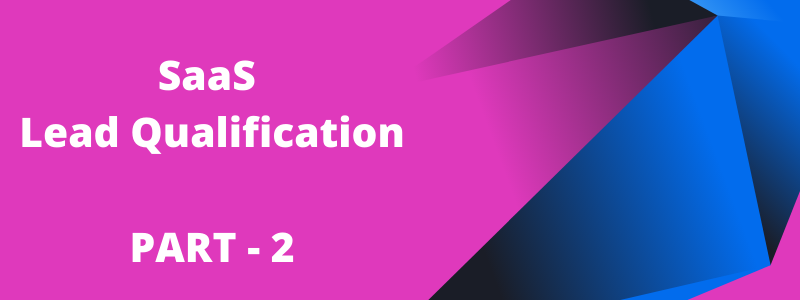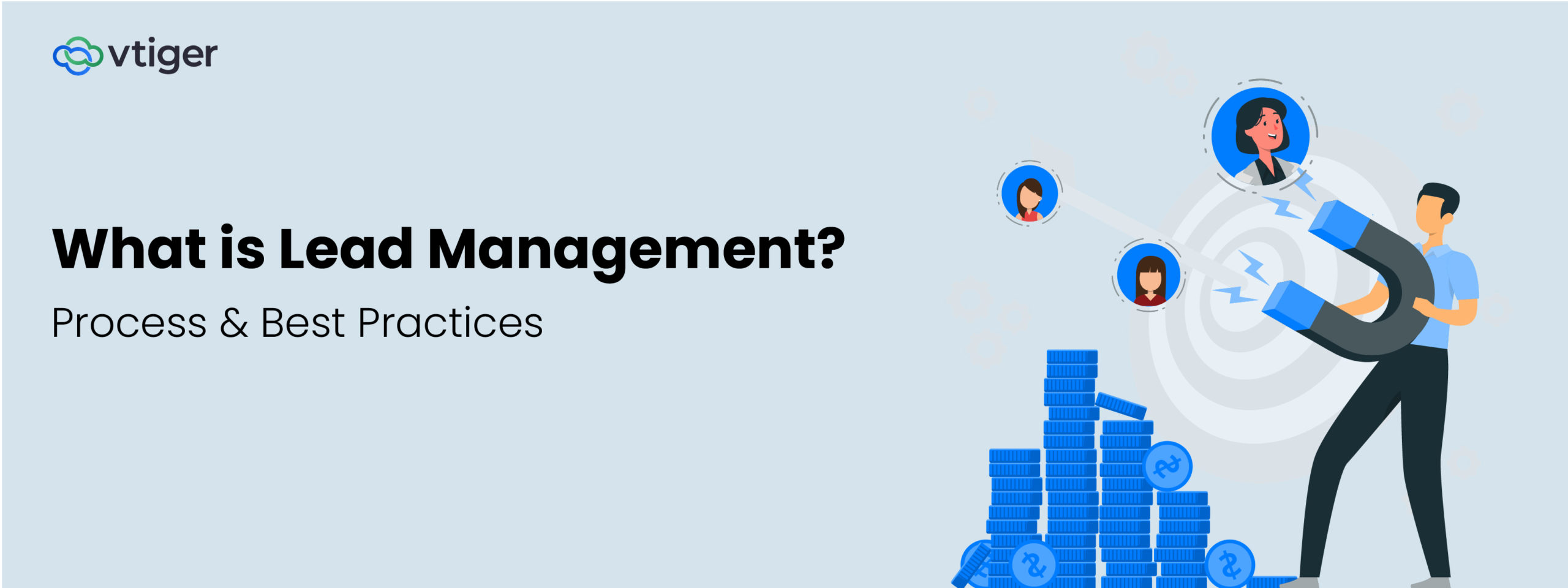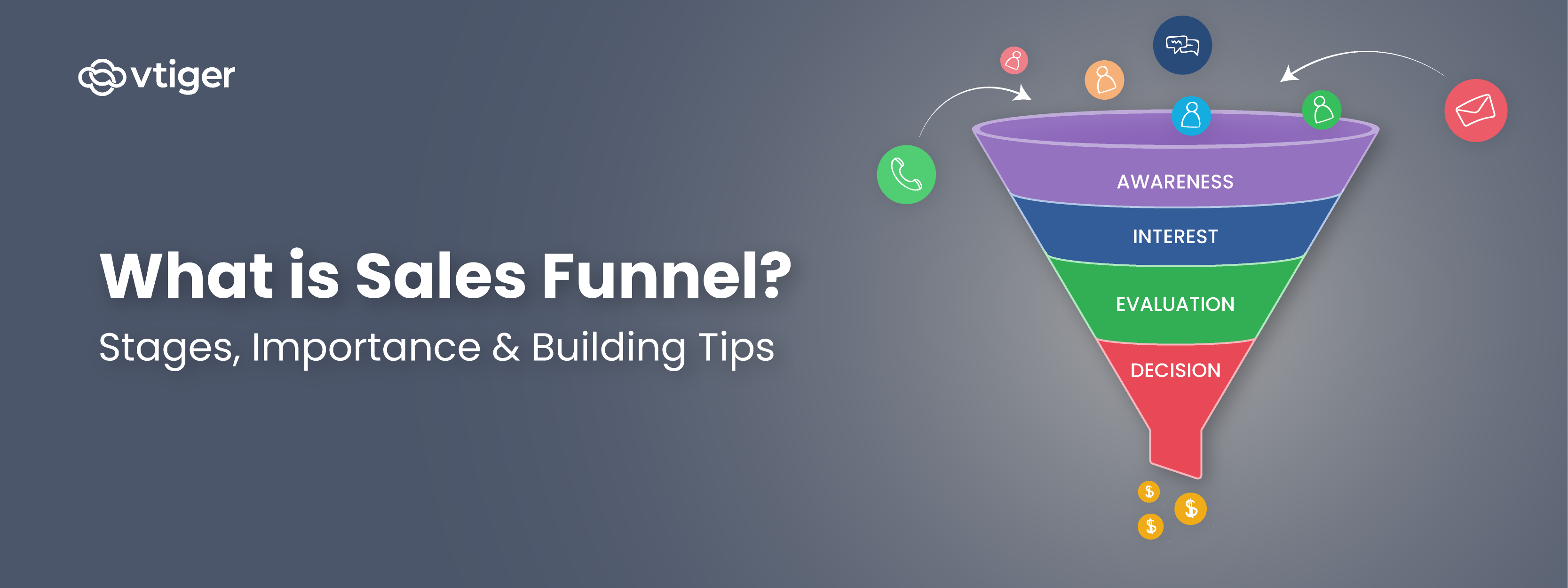Lead Qualification is both an art and a science. Getting it right can turbocharge sales pipeline closure rates. It is also the one thing that Marketing and Sales teams can get horribly wrong when they don’t collaborate.
In the middle of the night
I go walking in my sleep
Through the jungle of doubt
To a river so deep
I know I’m searching for something
Something so undefined
That it can only be seen
By the eyes of the blind
(The River of Dreams, Billy Joel)
In the first part of this series, we touched on why lead qualification matters. If marketing teams gather all the leads they can and dump them into the sales team’s bucket, there will be plenty of heartburn all around. When teams chase after unqualified leads, it can seem a bit like what Billy Joel was looking for in his river of dreams.
Now that we are clear on the Why of lead qualification let’s get to the How of it. Lead Qualification done well lends itself entirely to a data-driven approach. When you have the right criterion in place, you should see your sales-reps productivity increase, conversion ratios go up, time to close go down, and forecasting accuracy improve dramatically.

When to qualify leads?
Most sales and marketing teams apply the qualification frameworks to the leads that are in their CRM. But companies that focus on delivering outstanding customer experience start qualifying customers well before they even make contact.
Understanding the ideal customer for the product or service determines the messaging and the channels that the marketing team picks to increase awareness. This is essentially the first level of Qualification – determining the Ideal Customer Profile (ICP). The entire sales and marketing strategy ideally should revolve around the ICP. I would even go a step further and say that even the product strategy should be driven by ICP.
When a well defined ICP directs targeting criteria adopted by the marketing team, you control who sees your message, when and where they see it.
What really is a lead?
Before we dive deeper, let us take a pause. What would you classify as a lead – the organization that pays for your services or the person who signs the cheque on behalf of that organization. Your approach to lead qualification impacts how you approach the definition of a lead.
There are essentially three filters you apply when identifying the person with whom you want to build a relationship.
- Does she belong to an organization that will benefit from using what you are selling?
- Does the organization need what you are selling?
- Is the person the one to decide if the organization will choose you over a competitor?
There are three basic filters you apply to identify if a contact is really a lead or not way before we get to any of the frameworks for lead qualification.
The first is an organization level filter.
We ask the question:
- Does this organization fit my criteria (size, industry, geography)?
Once the contact’s organization passes the organization filter, we get to the needs filter.
We have determined that the organization fits our criteria, but then we ask the question:
- Does this organization need whatever it is I am selling?
- Does the organization need it right now, or is it something they might need soon?
- Does the organization have a selection process that I can work with?
And when the contact makes it through these two filters, we then apply the third criterion—the individual-level filter.
- Is this the right contact? Is she a stakeholder in the purchasing process of the organization?
The answers to these questions decide if you are ready to spend time and resources further engaging with the contact or tag her for long term nurturing. Remember – everyone who interacts with your organization is a potential customer; just their position on the purchasing journey will be different. An intern checking out your website today is the future CIO of an organization who will be a decision-maker. Of course, you don’t want your sales head to be on the phone with the intern just yet.
Essentially all sales lead qualification frameworks to apply these filters to help you decide how to qualify contacts in your sales funnel.
What is BANT and why it CAN’T fit into the world of SaaS.
The BANT is the most well known of the frameworks. The acronym stands for
- B: Budget– does the prospect have the budget to purchase your offering?
- A: Authority– does she have the authority to decide to purchase?
- N: Need– does she (the organization) need your solution?
- T: Timeframe– does the prospect have a definite time frame to implement the solution?
And now for the bad news.
The BANT framework is a dinosaur harking from the era of centralized decision making and annual budgeting. In the brave new world of SaaS, all of these are fluid, which makes lead scoring using BANT a very challenging task.
Freemium can trip up dumb lead scoring
One of the biggest reasons why SaaS solutions are so successful is their pricing model. It costs nothing to try most applications, and a majority of them offer a lifetime free version with limited capabilities. This means that users enter the radar when they are miles away from making a purchase decision.
The ease of use and products designed for self-service approach to getting started result in a vast majority of users being in ‘discovery’ mode for an extended period of time.

Everybody can afford SaaS:
When customers buy SaaS products, the inflection point depends on the ‘priority’ then. The lower price point often implies that the budget is never really a big challenge. The average manager will have enough limit on the corporate card to afford the software’s monthly charges. In the world of SaaS, small teams independently signing up for a few licenses of a product is the norm. The “B” in BANT is rendered irrelevant for a vast majority of the cases.
Flat organizations mean distributed decision making:
The second challenge to the framework comes from the fact that almost anyone in an organization can sign-up and start using the service. This means that product validation and requirements are no longer centralized with a single person or a ‘purchasing committee’. Product fitment can depend on several anonymous stakeholders who can influence the purchasing decision disproportionate to their official titles.
Needs and Timelines are fluid
In the SaaS world, organizations and teams change their priorities at the drop of a hat – because that is the pace at which they need to operate to rapidly evolving industry requirements and also because they can. This means that when the first time a user is trialing the software, it doesn’t mean they are actually looking for a sales pitch. Using a demo is now a part of the ‘discovery and learning’ process.
And chances are there are several trials in progress because your solution is one among dozens of ‘shiny toys” being looked at to solve a priority requirement at this point. Everyone is excited about what the product can do. The Sales Rep is convinced that the prospect is about to sign-up.
Funnel status on Friday evening
Budget: No problem. “I can expense this to my corporate card. SaaS is Opex, not Capex”
Authority: No problem. “I take the call on software my team uses. CIO’s doesn’t need to get involved in something as small as this”
Need: Very High “We have a burning fire to put out”
Timeline: Right now. “We needed it yesterday.”
Funnel status on Monday morning
The prospect gets into a new sprint discussion with his team.
The project team’s priorities change, and he goes dark on the vendor.
The vendor sales rep is left wondering what just happened.
One fine day out of the blue, the scenario changes, and the prospect is now ready to buy. The solution goes from “Nice to Have” to “Must Have” overnight. He knows exactly what value the solution adds, and he swipes his card to purchase licenses.
Again the sales rep is left wondering what just happened.
The key to successful lead qualification in SaaS is getting the customer to articulate the pain points that the solution will solve. How well the solution resolves the challenges, the prospect faces will decide the priority they will give to choosing the product.
Which brings me to a better framework for SaaS lead qualification.
SaaS lead qualification needs a MEDDIC to save the day
The MEDDIC framework came along in the 1990s and is more focused on B2B sales. Unlike BANT, the framework is designed to identify the pain points of the customer.

How is MEDDIC better than BANT?
Unlike BANT, which puts Budget at the top of the list, MEDDIC starts with Metrics. The focus of the methodology is on more granular customer qualification, which results in improved closing rates.
By putting Metrics on top of the list, MEDDIC gets to the heart of any purchasing decision upfront. Identifying the real metrics the prospective customer cares about and aligning with the Champion are the most challenging part of this process.
Metrics:
Let us take a closer look at the metrics that the SDR should look to capture.
Every business essentially takes purchasing decisions based on a potential solution’s impact on Time, People, and Money – ROI triangle. These three resources are inversely proportional. The value your solution will bring to the customer is in some combination of its impact on these three.

Economic Buyer:
Unlike BANT, which looks to identify the person with authority to decide, MEDDIC recognizes that the Economic Buyer in the company would be different from the Champion. In the case of Vtiger CRM, the Champion might be a Sales Leader from one of the Business Units, but the Economic Buyer might be the CIO.
Understanding the motivations and mindset of the economic buyer is vital. It will help the SDR prepare for the buyer’s expectations of the value the solution will deliver, the metrics they will use to evaluate the offerings, and where they come into the picture during the purchasing journey.
Decision Criteria and Process:
Often the stated needs are not representative of the impact being sought by the teams who will finally use the solution.
Let us look at a typical scenario where someone looking for a CRM solution for their sales force states a fully functional Mobile Application as one of the criteria for shortlisting the product. When the SDR starts asking questions that peel off the layer, he discovers that the impact required is for the Sales team members to log in their field visits. Having an app that provides administrative capabilities for the CRM won’t give the desired impact even though it will check off the box in the stated needs list.
Additional complexity in understanding these parameters is introduced by the distributed decision-making process in most SaaS companies. Traditionally sales teams qualify leads based on the fitment between the stated requirements of the clients and product or solution capabilities. In a SaaS world, this is no longer the case. Qualification scores should be a function of how well the offering can deliver the real impact the client is seeking. Understanding this gives the SDR the capability to match where the solution currently stands across the “Tinkering” to “Must Have” spectrum and enables them to forecast the time to close accurately.

Identify the Pain:
Customer pain points are complex, and it takes a degree of finesse and determination to help the client identify her real challenges.
The pain points can largely be categorized into the following categories.
- Financial Pain Point (Money): An economic pain point happens when the customer feels they are paying too much for the current solution they use. When companies opt-in for SaaS solutions with seemingly low entry costs, they find that those costs quickly explode as the company grows and needs more capabilities.
- Support Pain Point (Time/People): This happens because the customer does not receive the kind of support they expect from the solution provider. When clients don’t get the type of support they need, it adds to additional costs in changing processes, financial loss, and operational delays.
- Productivity Pain Point(People/Time): These pain points are created because existing processes or solutions cannot solve a productivity challenge. A classic case would be lost deals because SDRs were tracking leads in spreadsheets or mail clients. Switching to a CRM brings about a productivity gain of several multiples.
It is easy to see how these pain points tie back directly to the ROI triangle we talked about in this post’s earlier part.
When your offering provides a solution to clearly identified core pain points (not the symptoms) in a way that balances the axes ROI Triangle, in a way that aligns with the perspective of the Economic Buyer – deals close fast.
If your lead qualification framework doesn’t capture these dimensions, you are not doing it right when selling SaaS solutions.
Champion:
Finding a champion within the organization can radically reduce the friction you face during the buying process. Unlike the BANT framework, MEDDIC separates this person from the one signing on the dotted line.
A champion would be the person who is directly affected by the pain. The Sales Leader would be the person feeling the pain of not having the correct CRM solution. Having her as your internal Champion helps because she directly benefits from your solution, and since her team needs it to succeed, she will push to get obstacles removed.
How MEDDIC helps you walk away from the CEO
Static qualification frameworks often lead to skewed scoring that will trip up the sales team in the most unexpected way.
Consider this situation. You are the SDR of a startup that sells SaaS solutions for SMBs to build beautiful templates for email campaigns. It is the last week of the quarter, and you are scratching your head on how you will meet the quota targets. Out of the blue, you get an inbound call from the CEO of a Fortune 1000 company. She just heard about you from her friend who has used your solution, and she wants to know how soon you can implement something similar for her organization.
A static BANT lead scoring system would give this lead a near-perfect score.
Budget: It is the CEO of a Fortune 1000 company calling. Budget is NOT a challenge.
Authority: It is the CEO herself! Doesn’t go higher than this.
Need: The CEO wants it. If the CEO is talking about email campaigns, the need is clear.
Timeline: She said she wants it ASAP.
But when you apply the MEDDIC framework, the lead doesn’t even make it beyond the first gate. Dig deeper, and you will likely find that the pain point is not about sending email campaigns better using the awesome templates you provide. The marketing head will probably tell you that their segmentation isn’t right, or the sales head will tell you they need contextual drip campaign capability, not better templates.
MEDDIC will save the SDR (and his startup with limited resources) a lot of time and money by scoring this lead near zero and telling him to walk away from the deal.
In the third and final part of this series, we will explore how to set up a lead scoring system using the MEDDIC system.



